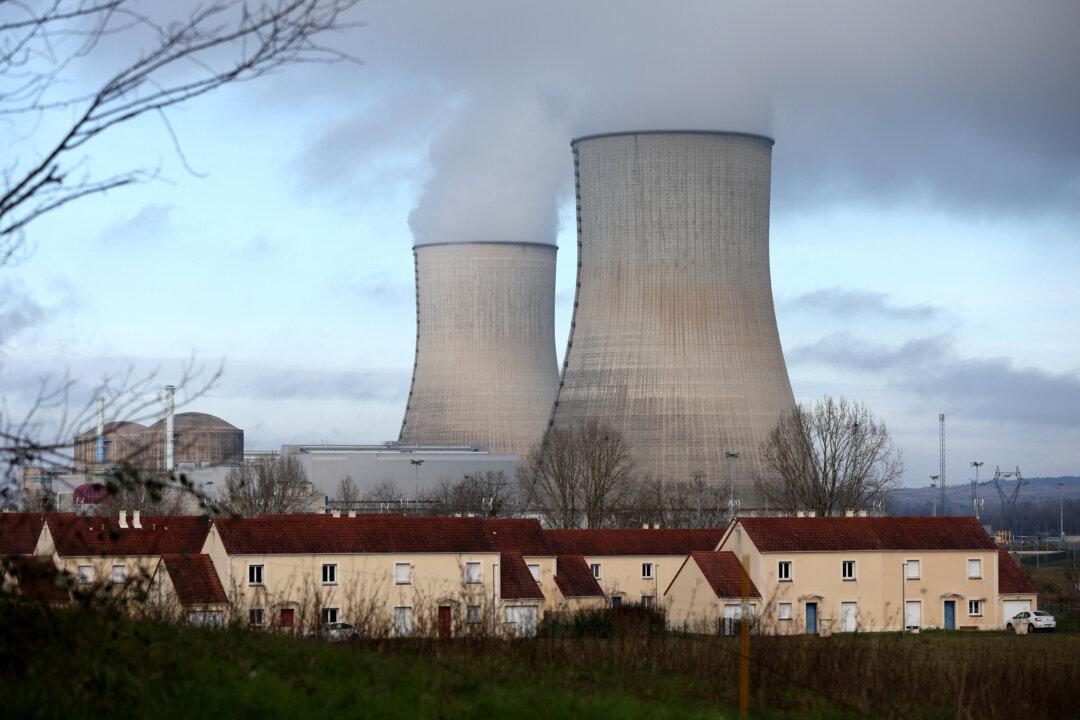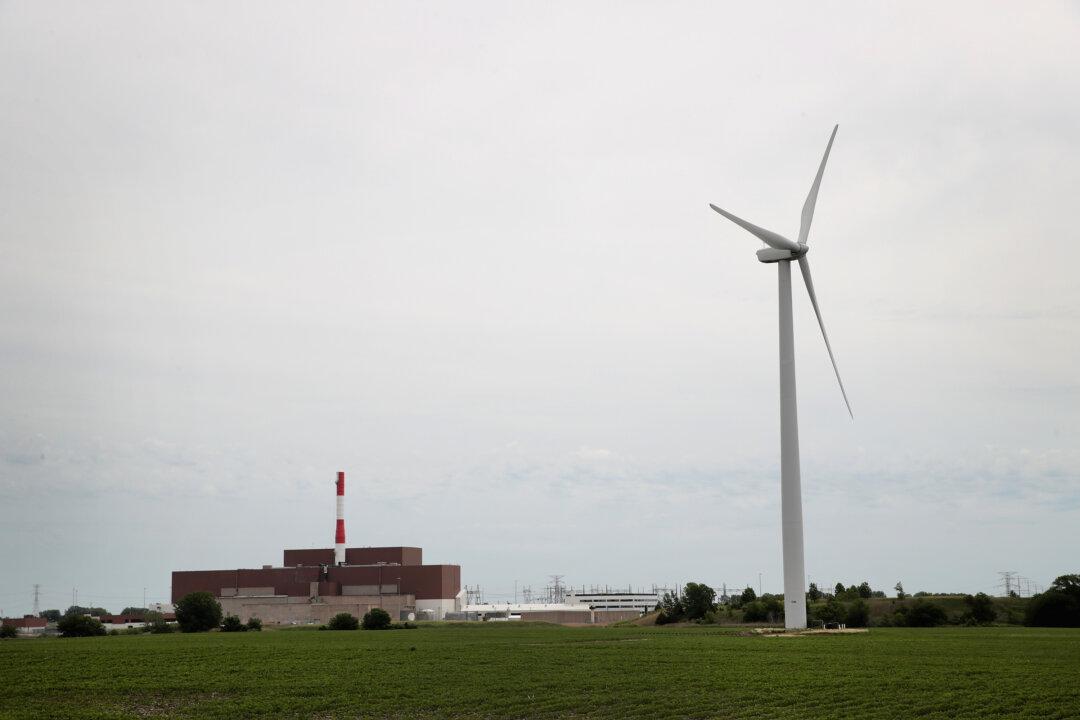The Australian economy is likely to face another interest rate increase in February and the following months as the higher-than-expected inflation figures raise the possibility of the central bank taking further action.
This is also the highest consumer price index (CPI) growth since 1990.
In terms of quarterly growth, inflation climbed by 1.9 percent in the three months to December 2022, up from the 1.8 percent recorded in the past two quarters but was still lower than the March quarter growth of 2.1 percent.
Among the CPI categories, domestic holiday travel and accommodation saw the most significant increase of 13.3 percent, followed by electricity at 8.6 percent and international holiday travel and accommodation at 7.6 percent.
While the December annual inflation rate surpassed market expectations of a 7.6 percent increase, it was below the Reserve Bank of Australia’s (RBA) forecast of an eight percent rise for the entire 2022.
Treasurer Says Inflation Is Unacceptably High
Following the release of the ABS data, Treasurer Jim Chalmers said inflation figures were very high by historical standards.“It’s in line with the Treasury’s forecast for inflation, and it’s almost as high as the Reserve Bank’s forecast for inflation.”
The treasurer also said the inflation rate was likely to reach its peak but noted that this could only be confirmed when the March quarter figures came out.
“Inflation was the defining challenge in our economy in 2022, and it will be a defining challenge in our economy in 2023,” Chalmers said.

In addition, the treasurer said while the government held an optimistic view about the future of the country and the economy, it was realistic about current living cost pressures and the impact of interest rate hikes.
Regarding electricity prices, Chalmers said he was not surprised about the 8.6 percent jump recorded in the three months to December.
However, he emphasised that the government’s price caps and other interventions would curb power price growth in the coming months.
Economists Predict Further Interest Rate Rises in the Next Few Months
As the underlying inflation rate was way above the RBA’s forecast of 6.5 per cent, many economists expected the central bank to continue its interest rate hiking cycle into 2023.RBC Capital Markets chief economist Su-Lin Ong said the RBA did not expect such high inflation data in the December quarter and was likely concerned about services inflation, which had grown to 5.5 percent annually.

Furthermore, she noted that the demand side of the economy was still strong as consumers were still spending generously on leisure and travel.
“There may still be more demand ahead, and we also continue to highlight the lagged impact on services inflation from higher wages and labour costs,” Ong said in comments obtained by AAP.
Considering the impact of the new CPI figures on the RBA’s future interest rate decisions, the chief economist predicted another 0.25 percent increase in February and March, taking the official cash rate to 3.6 percent from the current 3.1 percent.
Christian Baylis, who is the founder and chief investment officer at Fortlake Asset Management, also expected a 0.25 percent rise in February.
Nevertheless, he forecasted that the RBA would go further in its monetary tightening cycle.





